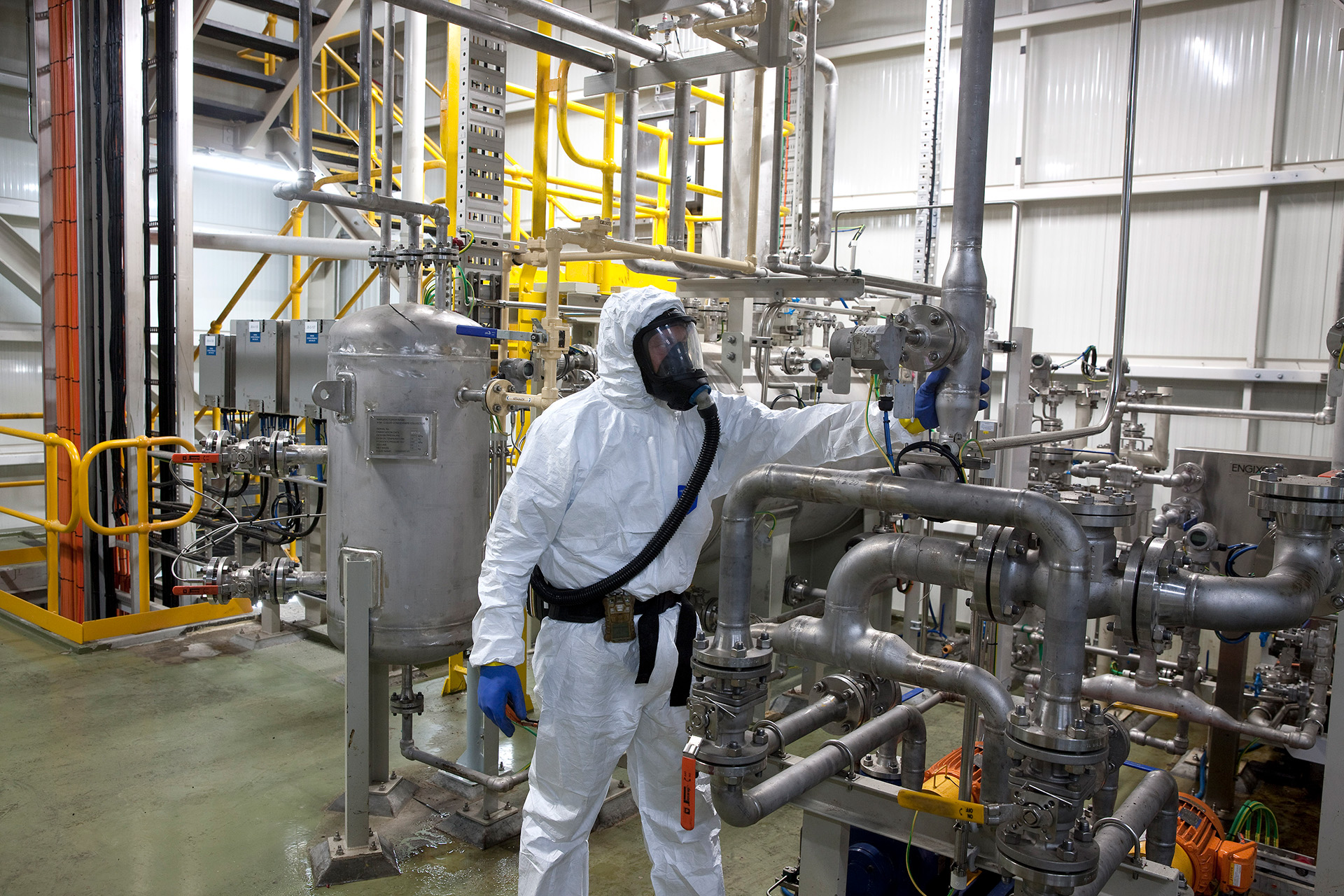In the mid-1950s doctors in the Japanese city of Minamata began to see patients with severe neurological symptoms. Many died a horrible death. Eventually, Minamata disease was found to be the result of mercury poisoning. A nearby chemical plant was pouring a highly toxic form of mercury, methylmercury, into the sea.
Methylmercury is bio-magnified – small fish are eaten by bigger fish, and methylmercury levels increase up the food chain until the big fish are eaten by people. Now, nearly 60 years since the Minamata tragedy started, it is still important to choose the right type of fish as part of a healthy diet.






